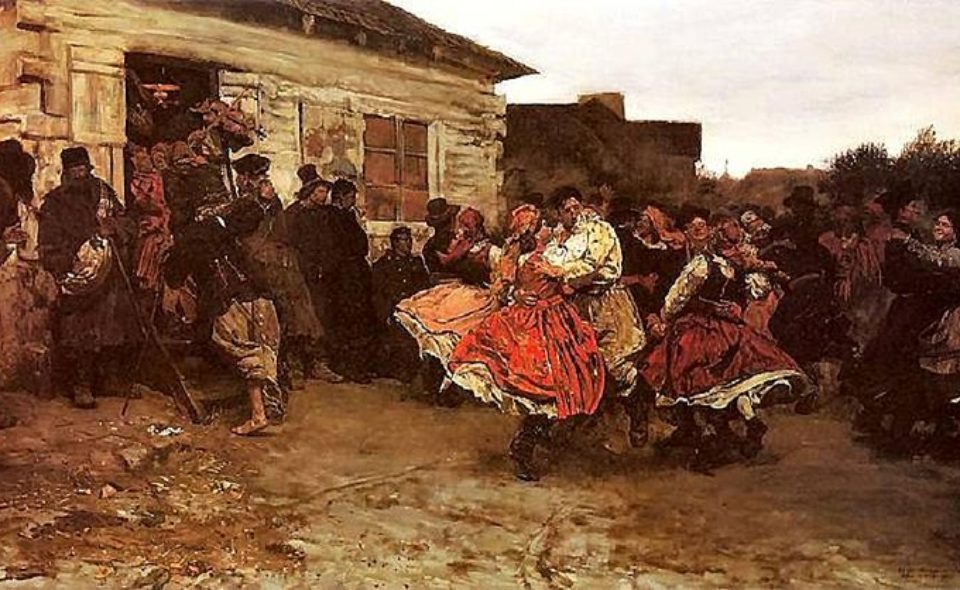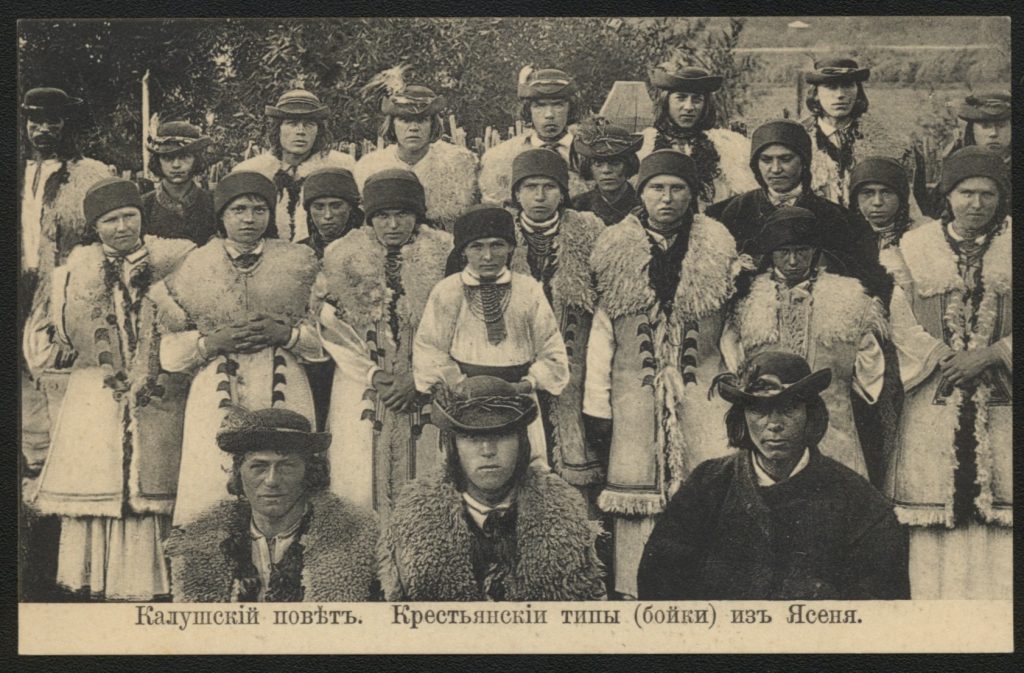The power of neighborly assistance

A common area of residence causes people to enter into various relationships and dependencies with each other, social ties, customs and traditions are formed. In the case of a rural community that has been isolated from outside influences for some time, this is particularly evident.
Polish national dances part of our culture

Polish national dances originated in folk culture, but have changed so much in the course of their historical development that they now have little in common with their rural originals. However, they have retained the characteristics of the region from which they originated.
Building a family home - traditions, rituals, ceremonies

Rural architecture is an expression of national heritage. It largely developed independently of architectural fashions prevailing in urban areas. The principle of rural construction was utility and practicality of technical solutions, resulting from the experience of many generations and local tradition.
Perebory-treasures of the art of weaving

Perebory, also called by the rural population perebowry, pribory, partition, election, pasamon, is an original weaving ornament made with the technique of picking, forming a striped pattern in which the pattern parts are woven simultaneously with smooth linen, made in the areas of northeastern Lublin and the eastern part of the present Podlasie province.
The good and the grub won't spoil the...

Since the dawn of time, inns have been an integral part of the Polish landscape. They were a place for entertainment, social gatherings and rest after a tiring journey.
Flavors of Greater Poland

Greater Poland is a historical region located in the western and central part of Poland, mainly in the Warta River basin and partially in the central Oder River and lower Vistula River basin.
Passing on traditions in the relay of generations - a conversation with folk artist Agnieszka Radomska

Agnieszka Radomska - folk artist and advocate of the Birchwood region and its traditions - was interviewed by Magdalena Trzaska.
Boykos - former inhabitants of the Bieszczady Mountains

The Boykos are an ethnic group of Ruthenian and Wallachian origin, neighboring the Hutsuls to the east and the Lemkos to the west, who in the past inhabited the whole of the Bieszczady Mountains and part of Transcarpathia. During World War II, most of the Boyko people were displaced deep into the then USSR, while the rest dispersed throughout Poland. Today they inhabit areas of Ukraine.
Karaites - the least numerous minority in Poland

They are the smallest national minority in Poland. Although they have been associated with our country since the 14th century, still many Poles have no idea of their existence. Karaites - for they are the ones in question - live among us today about 200.
In the footsteps of the Polish Tatars

The Tatars have been present in Poland for more than six centuries. The group once had a significant impact on the social, economic and military life of our country. Today, outside the places of the largest Tatar concentrations, few people remember their existence.